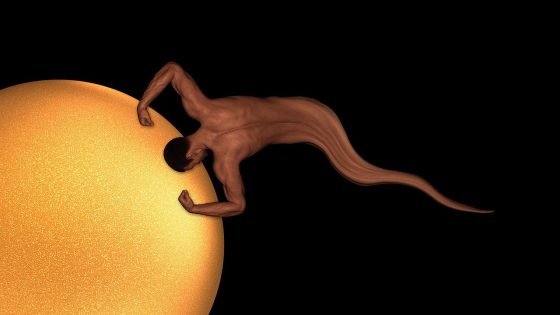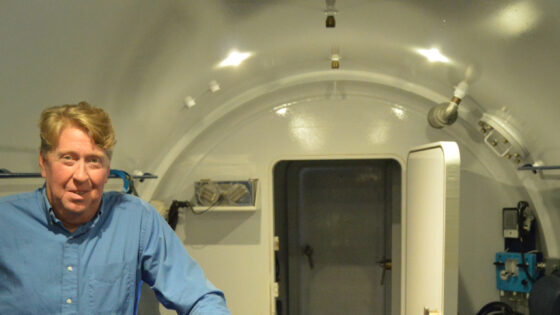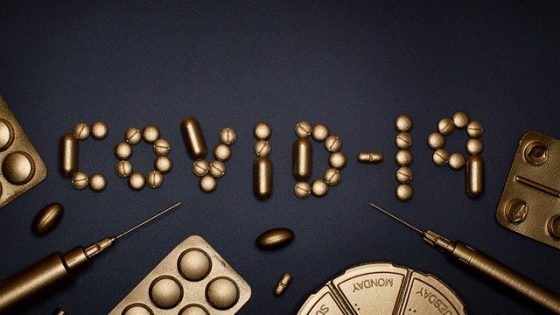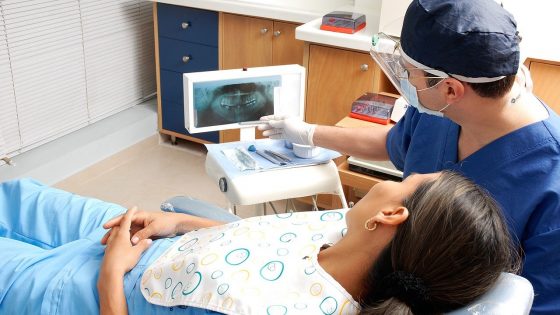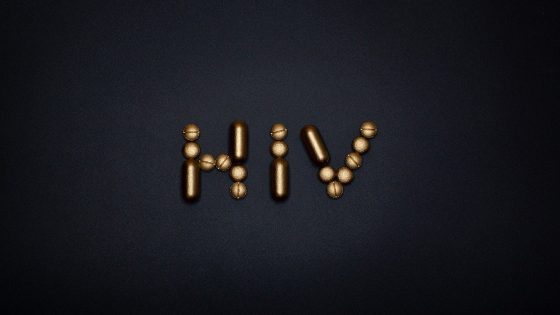CEP-701
A drug being studied in the treatment of acute leukemias and some other types of cancer. It binds to a protein that is present on the surface of some types of cancer cells and stops them from dividing. CEP-701 is a type of receptor tyrosine kinase inhibitor and a type of indolocarbazole alkaloid. Also called lestaurtinib.
cephalexin
An antibiotic drug that belongs to the family of drugs called cephalosporins.
cephalosporin
A drug used to treat bacterial infections. It belongs to the family of drugs called antibiotics.
ceramide
A type of lipid (fat) found in the membranes of cells and the covers of nerves. Some ceramides are important in signal transduction (the process by which a cell responds to substances in its environment) and may cause some types of cells to die. Ceramides are being studied in the treatment of cancer.
cerebellar hemangioblastoma
A benign, slow-growing tumor in the cerebellum (part of the brain at the back of the head), made up of abnormal blood vessel growth. People with von Hippel-Landau disease have an increased risk of developing hemangioblastomas.
cerebellar mutism syndrome
A condition that may occur in patients who have had surgery to remove a tumor in certain parts of the brain, including the cerebellum. Cerebellar mutism syndrome usually appears 1 or 2 days after surgery. Symptoms include loss of speech, trouble swallowing and eating, loss of balance, trouble walking, loss of muscle tone, mood swings, and changes in personality. Many of these symptoms go away over time. Also called CMS.
cerebellopontine
Having to do with two structures of the brain, the cerebellum (located at the lower back of the brain) and the pons (located at the base of the brain in front of the cerebellum) and the area between them.
cerebellum
The portion of the brain in the back of the head between the cerebrum and the brain stem. The cerebellum controls balance for walking and standing, and other complex motor functions.
cerebral hemisphere
One half of the cerebrum, the part of the brain that controls muscle functions and also controls speech, thought, emotions, reading, writing, and learning. The right hemisphere controls the muscles on the left side of the body, and the left hemisphere controls the muscles on the right side of the body.
cerebrospinal fluid
The fluid that flows in and around the hollow spaces of the brain and spinal cord, and between two of the meninges (the thin layers of tissue that cover and protect the brain and spinal cord). Cerebrospinal fluid is made by tissue called the choroid plexus in the ventricles (hollow spaces) in the brain. Also called CSF.



